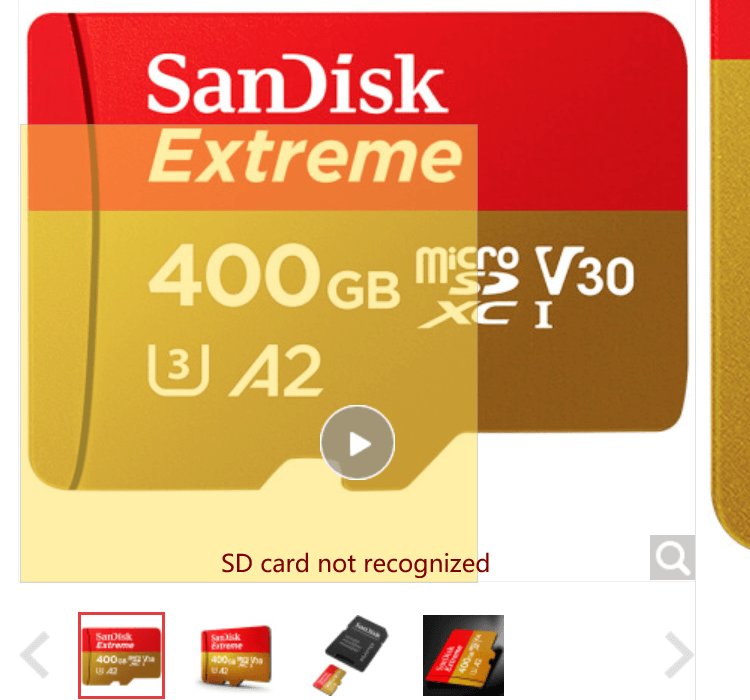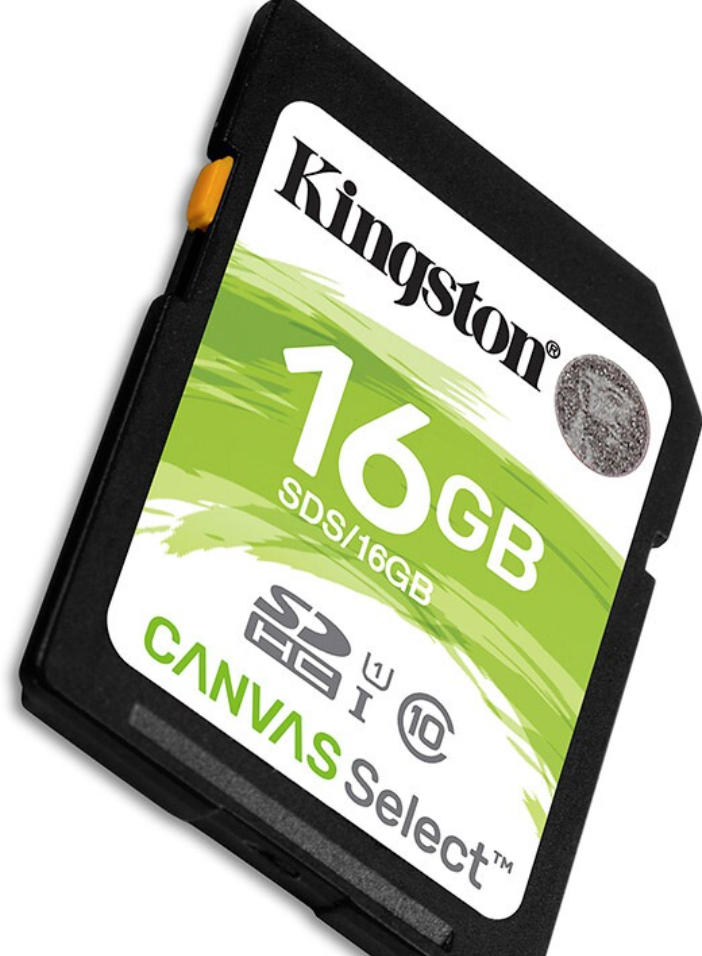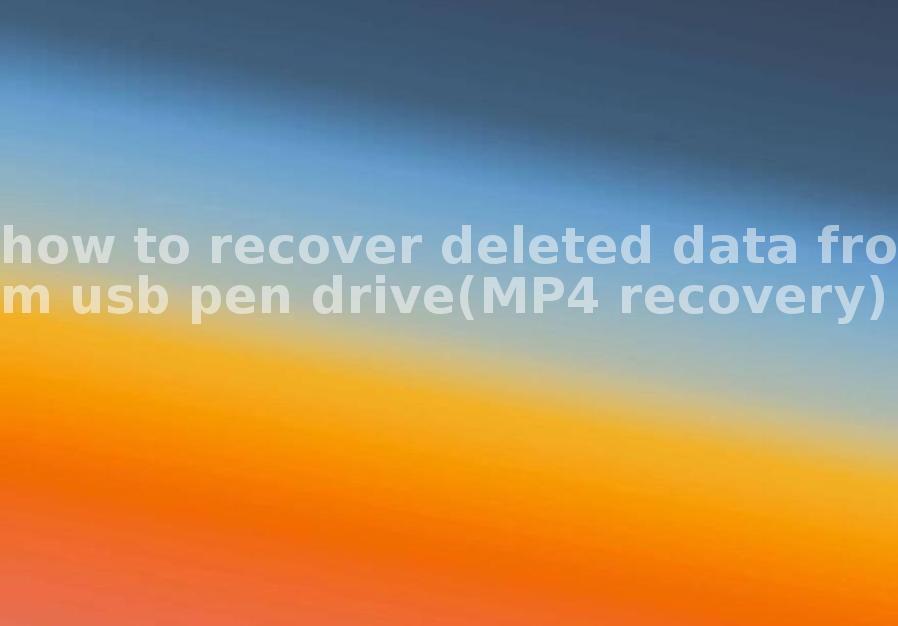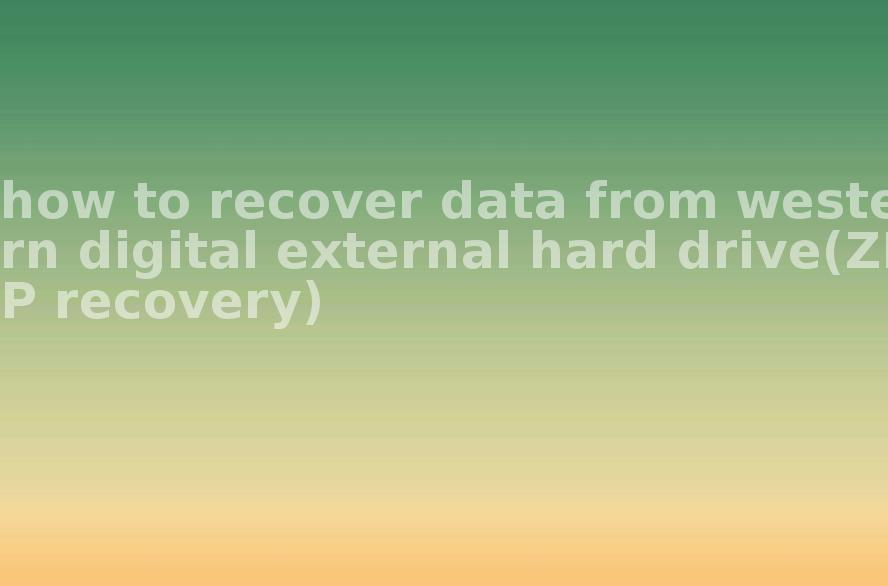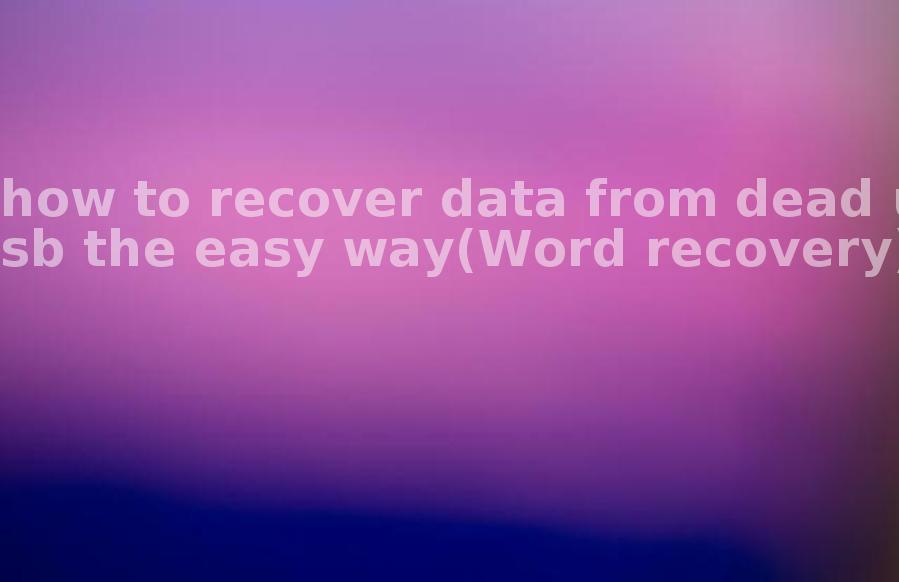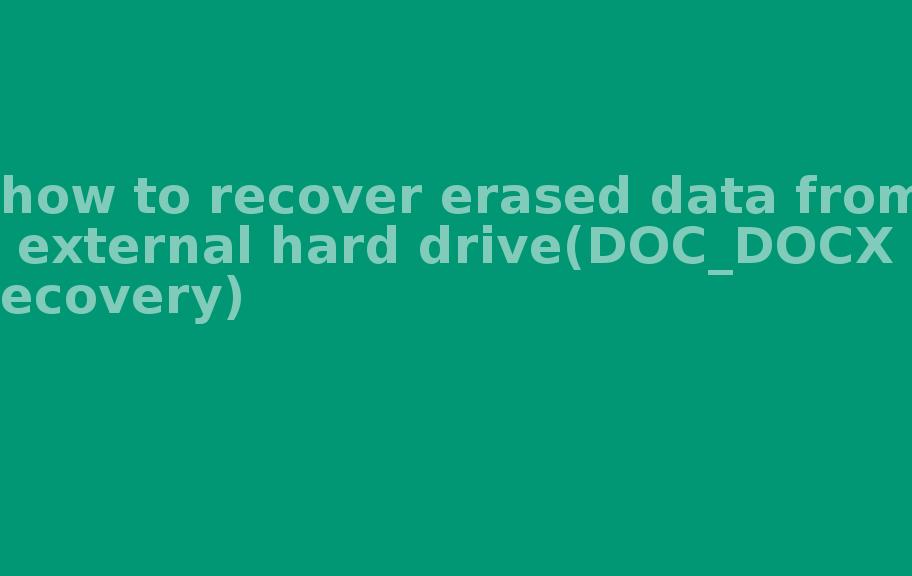how to recover data from usb windows 10(FLV recovery)
2023-10-22 01:00 152
Part I: Overview of the context in which the document was recovered
Recovering data from USB drives is a common issue faced by many Windows 10 users. USB drives are widely used for data storage and transfer due to their portability and convenience. However, data loss or accidental deletion can occur, causing frustration and potential loss of important files.
Examples of scenarios where data recovery from USB drives in Windows 10 is required:
1. Accidental deletion: It's common to accidentally delete files from a USB drive, either by mistakenly selecting the wrong file or formatting the drive without making a backup.
2. File system corruption: USB drives can also experience file system corruption due to improper ejection, power failure, or incompatibility issues. This can make the data on the drive inaccessible, requiring data recovery.
3. Virus or malware attack: USB drives can be infected by viruses or malware when connected to infected systems. These malicious programs can corrupt or delete files, making data recovery necessary.
Part II: Causes of data loss in USB drives
1. Physical damage: USB drives are vulnerable to physical damage such as bending, breaking, or water damage. These issues can result in data loss.
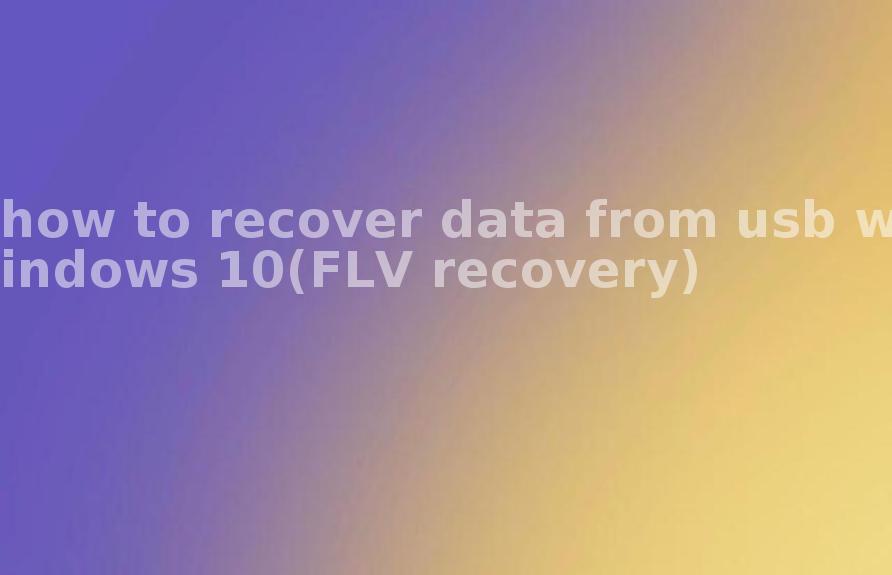
2. Software issues: Errors in the file system, firmware, or device drivers can lead to data loss in USB drives.
3. Accidental formatting: Mistakenly formatting a USB drive erases all data from it, leading to data loss.
Part III: Steps to recover FLV files from a USB drive in Windows 10
1. Stop using the USB drive: When data loss occurs, it's crucial to stop using the USB drive immediately to prevent overwriting the deleted or lost files.
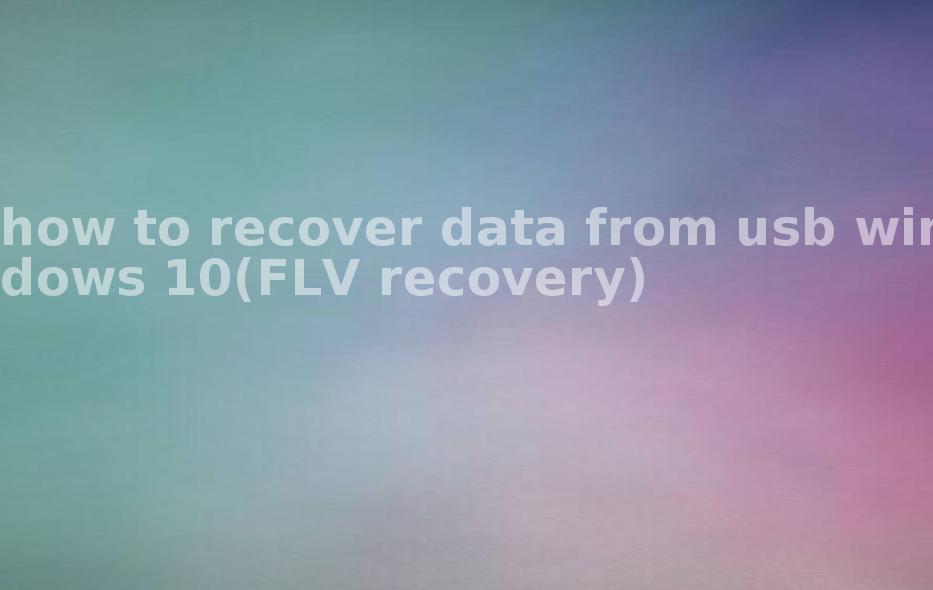
2. Use data recovery software: There are several data recovery software options available for Windows 10, such as EaseUS Data Recovery Wizard, Recuva, or Disk Drill. These tools can scan the USB drive for lost files and facilitate their recovery.
3. Select the FLV files for recovery: After scanning the USB drive, the data recovery software will display a list of recoverable files. Select the FLV files you want to recover and specify a location to save the recovered files.
4. Start the recovery process: Once you have chosen the files and the recovery location, initiate the recovery process. The software will start recovering the FLV files from the USB drive.
Part IV: Types of other files that can be recovered from USB drives
Apart from FLV files, data recovery software can help recover various other file formats, including:
1. Documents: Word documents, Excel spreadsheets, PowerPoint presentations, PDF files, etc.
2. Photos and images: JPEG, PNG, TIFF, RAW, etc.
3. Videos: MP4, AVI, MOV, WMV, etc.
4. Audios: MP3, WAV, WMA, FLAC, etc.
5. Archives: ZIP, RAR, 7Z, etc.
Part V: Frequently Asked Questions (FAQ) about data recovery from USB drives
1. Are there any free data recovery options available for Windows 10? Yes, software like Recuva and Disk Drill offer free versions that allow for basic data recovery.
2. Can data recovery software recover files from a physically damaged USB drive? In some cases, if the physical damage is not severe, data recovery software can still retrieve files. However, for severe physical damage, professional data recovery services may be required.
3. How long does data recovery from a USB drive take? The time taken for data recovery depends on various factors, including the size of the USB drive, the amount of data to be recovered, and the speed of the recovery software. It can range from a few minutes to several hours.


